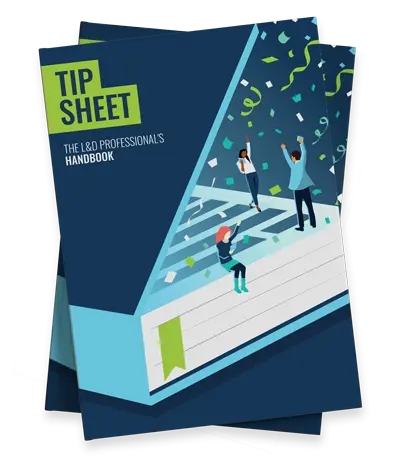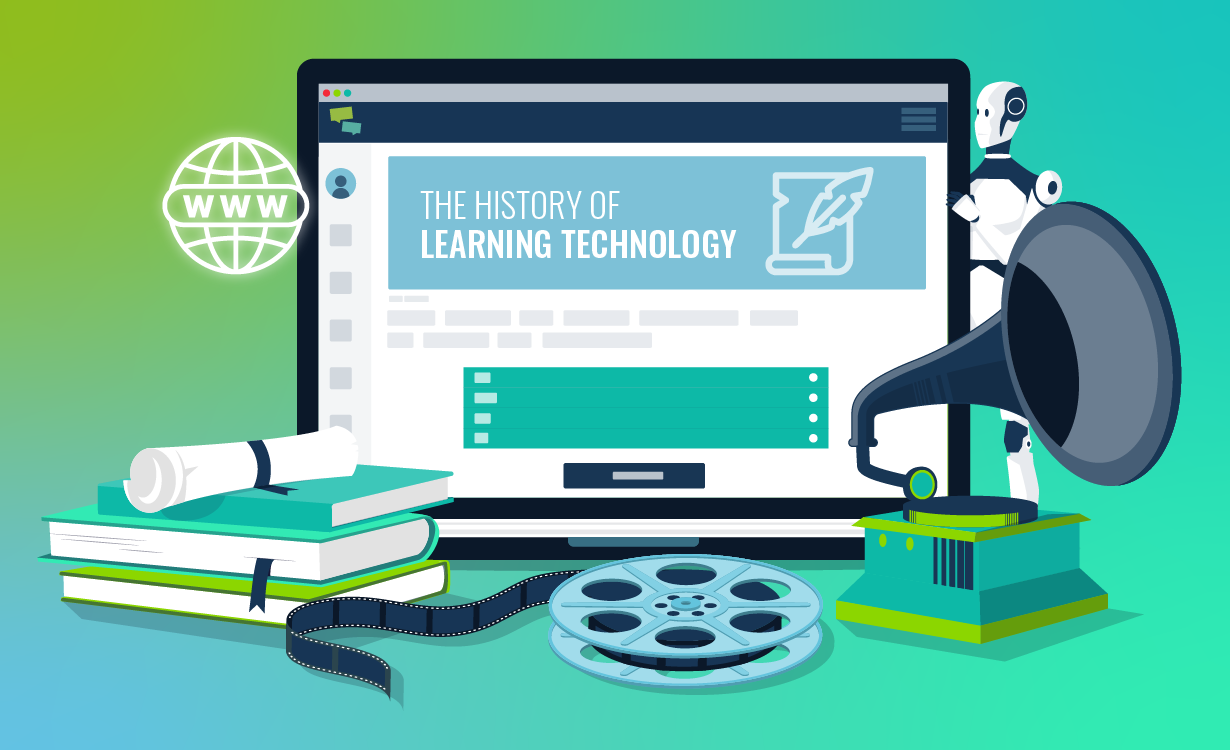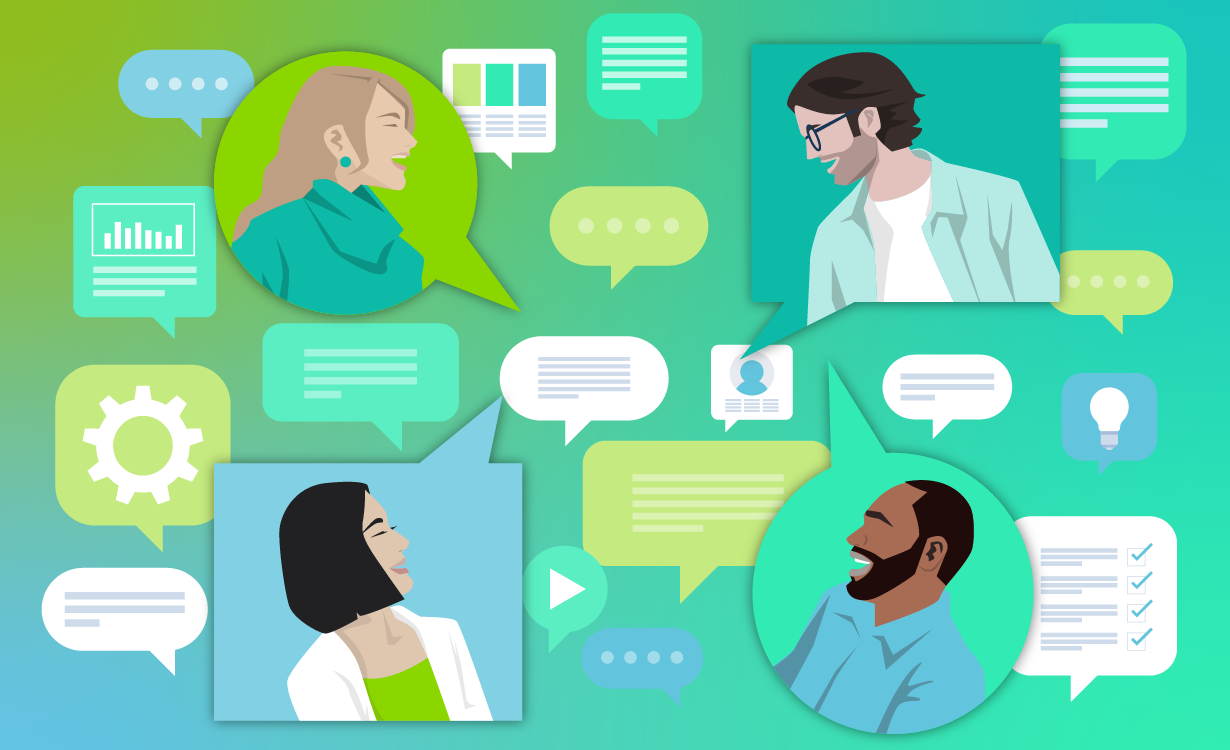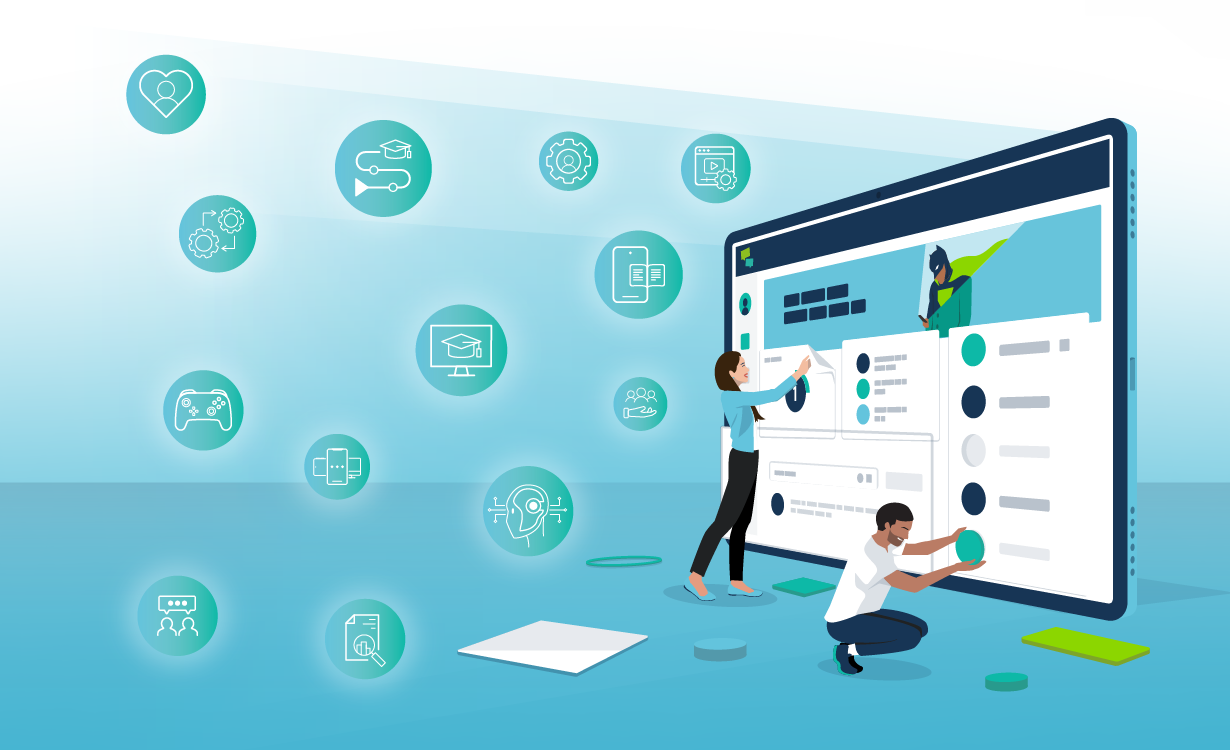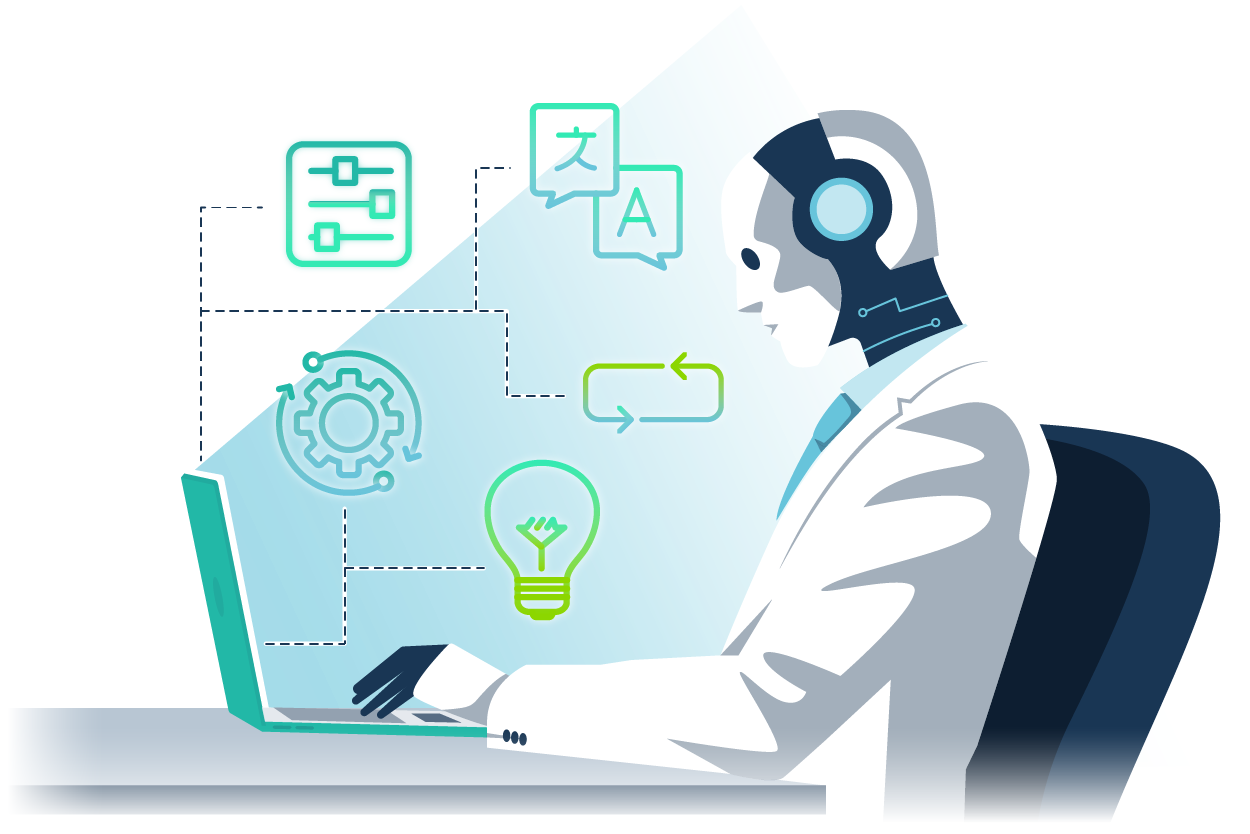
The mantra for years has been: ‘content is king’. Now we’re in the age of generative artificial intelligence (GenAI), large language models (LLMs) are kingmakers — but only if they’re used effectively. That’s where we can help. This is our guide to using AI-generated content in learning.
It’s hard to get across the scale and size of this opportunity. Generative AI is set to become a $1.3 trillion market by 2032. That’s right, trillion! Indeed, 100 million people already use ChatGPT on a weekly basis, and that’s just one of many LLMs.
In fact, experts predict that a staggering 90% of online content could be generated by AI before the end of 2026. Depending on your viewpoint, this is either a step forward for automation, or the start of the internet’s transformation into a dystopian hellscape. Welcome to the Wild West!
Generative AI saves marketers (like me!) an average of 5 hours of work per week. This adds up quickly over time. That’s 2.5 additional work days per month, or 30 days per year. Surely it’s time for learning professionals to join the fun?
The rise of large language models and AI-powered image and video generators is a game-changer for those in the L&D space. These powerful tools unlock a new wave of possibilities, streamlining workflows, reducing costs, and ultimately enhancing outcomes.
But we also have to act responsibly. We’re living in an age where legislation has yet to catch up with technological advances. In fact, 89% of artists agree that our copyright laws are insufficient and outdated given the evolution of generative AI.
This article, written by a flesh and blood human, covers the benefits and limitations of AI content and how you can apply it within your learning programmes. We’ll even share some best practice tips to help you get the ball rolling. But first, let’s start with a definition.
What is AI-Generated Content?
AI-generated content is any kind of content that’s created with the help of artificial intelligence. This can include text, images, full documents, audio and video. This content is generated by AI models that are trained on massive amounts of existing data. Example tools include:
- Large language models like ChatGPT, Gemini and Llama.
- AI writing assistants like Jasper, Grammarly and Writesonic.
- Image generation tools like DALL-E, Midjourney and Stable Diffusion.
- Video generation tools like Synthesia, Pictory and Invideo.
The input data (articles, code, images and so on) teaches the model to recognise patterns and relationships within the information provided. As a result of this training, the AI can then use this knowledge to generate new and original content based on specific prompts.
Traditionally, crafting this content required a deep well of human creativity, research, and writing expertise. Content creators would have to meticulously gather information, brainstorm ideas and then create their content manually.
Like it or not, that’s just not the case any more. There’s a good chance you’ve already encountered or even used AI-generated content. After all, many of us now work in collaboration with AI tools to help boost our productivity and improve results.
Applications of AI Content
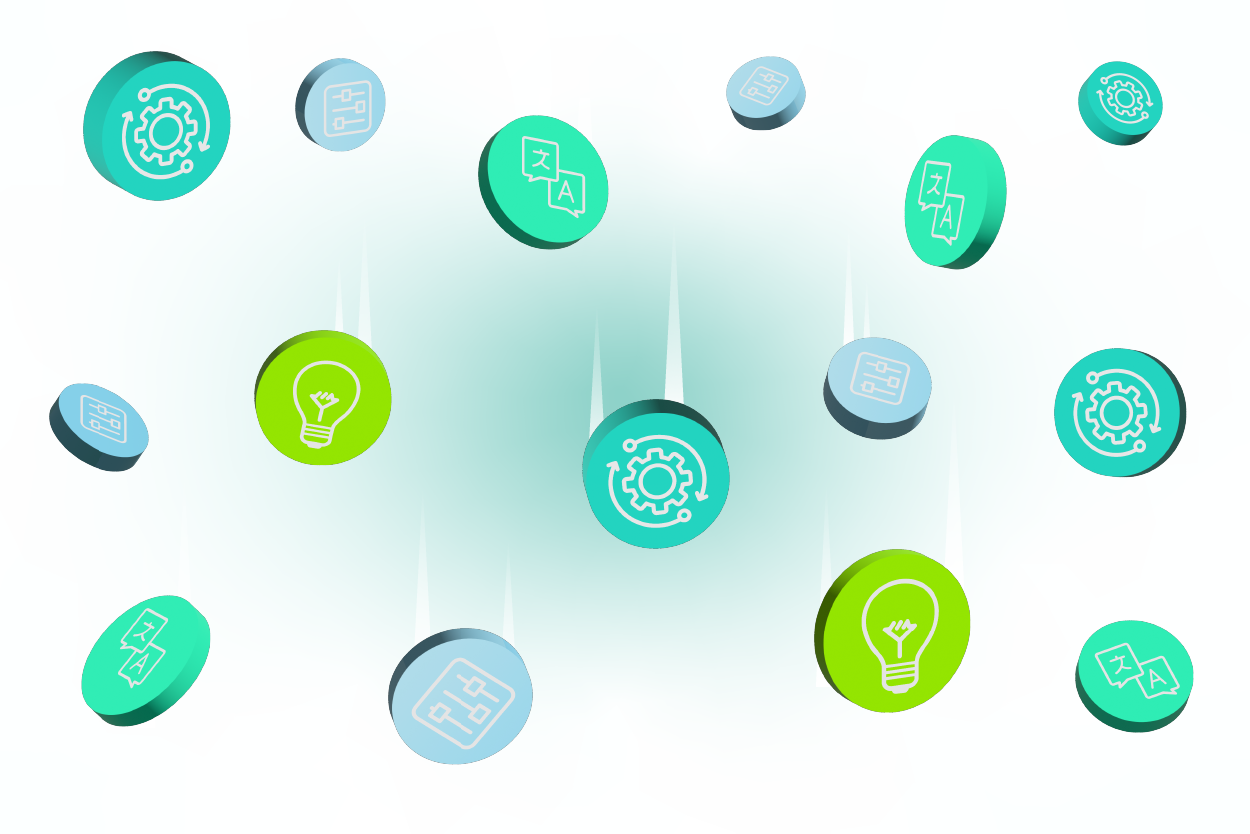
As a learning professional, it’s hard not to get excited about the potential of AI-generated content. It offers a range of practical applications from streamlining workflows to enriching learning experiences. With this in mind, here’s a breakdown of some of the key applications.
- Automating Tasks: Ever wish you had more time to focus on your higher-level content strategy and creative endeavours? Now you can. Artificial intelligence is capable of automating a variety of mundane tasks, from data entry all the way through to reporting. As we’ll see, you can even use AI to create new training materials.
- Brainstorming: Have you ever found yourself staring at a blank page waiting for inspiration to strike? Say hello to your new creative brainstorming partner. After all, Artificial intelligence can suggest new content formats, scenarios, storylines, or learning activities that help to spark fresh ideas and overcome your writer’s block.
- Translating: Reaching a global audience often requires overcoming language barriers. AI translation solutions can help you to bridge this gap, ensuring your message resonates with the widest possible audience. Furthermore, some AI tools can even handle videos, generating accurate subtitles or dubbed versions of your content.
- Personalising: With the right AI solutions, you can also tailor existing content in line with individual learner needs and preferences. For instance, you could adjust the language style, difficulty level or introduce more relevant examples. What was once a costly and time-consuming feat is now achievable at scale thanks to AI.
AI-Generated Learning Content Examples
Now we’ve seen the potential of AI, let’s delve into some specific examples of content generation that can elevate your learning and development initiatives. We hope this will help you to understand what’s possible within your organisation.
- Quizzes & Assessments: Looking to test your learners’ knowledge? AI can automate the creation of a vast pool of practice questions and quizzes, covering a range of difficulty levels and question types. For even greater alignment, you can upload your existing training materials to guide the AI’s output.
- Scenarios: We’re a proponent for scenario-based learning here at Growth Engineering, as active learning approaches produce retention rates as high as 90%. Why not let AI support you in this process, by developing realistic and engaging scenarios that simulate relevant real-world situations?
- Content Outlines: Sometimes getting started is the hardest part. Thankfully, AI can help set your wheels in motion. For instance, it can generate detailed content outlines based on your learning objectives, target audience and desired format. This jumpstarts the process for you and ensures all key topics are covered.
- Summaries: AI is already particularly adept at condensing complex information into concise and easily digestible summaries. This means you can ditch your bulky training manuals and adopt a microlearning approach. As a result, you’ll empower your learners to revisit essential topics and gain a quick grasp of key takeaways.
- Video Scripts: Video is a powerful way of getting your message across to your learners. You can now expedite this process by using AI to generate draft video scripts based on your chosen topic and learning objectives. You can then kickstart the production process armed with a clear roadmap for success.
- Voice Over: Advances in AI mean that you can now generate voice-over narration for your training videos and eLearning units in a variety of languages. You can even select from different voice styles and accents. This helps to add professionalism to your content, whilst keeping your costs under control.
- Image Generation: Gone are the days of scouring stock photo websites — the bane of many eLearning units. Tools like DALL-E enable you to generate your own high-quality images, illustrations and infographics. You can then use these assets to complement text-based learning materials and improve learner engagement.
- Video Generation: With perhaps the most impressive advancement so far, you can now use AI tools to generate simple explainer videos based on text prompts or scripts. These videos usually combine stock footage and AI-generated voice-over, or utilise realistic AI-avatars and virtual backgrounds.
The Benefits of AI Content
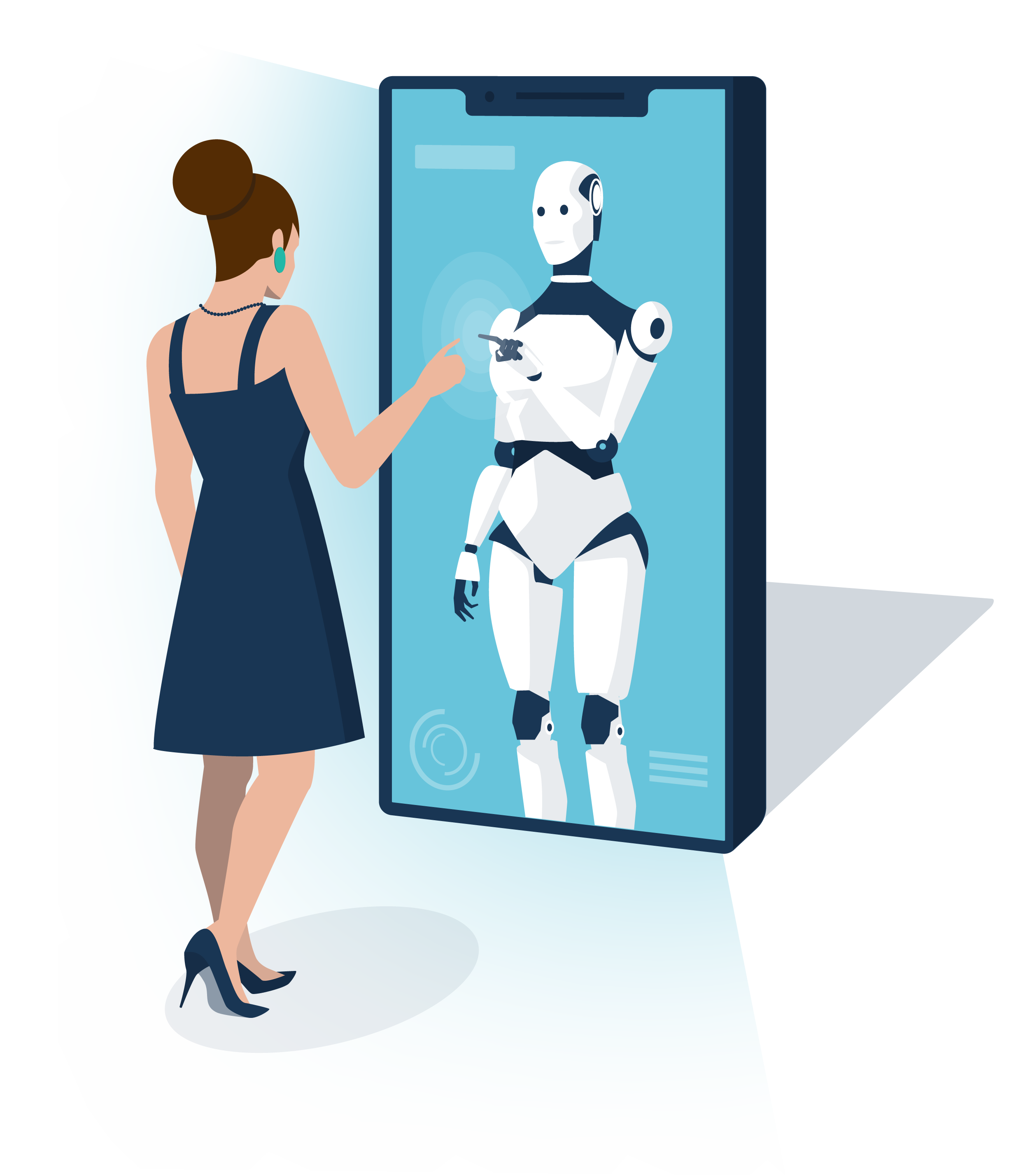
With all these examples in mind, it’s easy to see the potential of AI-generated content. These innovative tools transcend mere efficiency gains; they empower you to drive measurable impact. Here are the benefits of AI-generated content, as we see them:
- Enhanced Efficiency: Artificial intelligence empowers you to create high-quality content faster, allowing you to meet your deadlines. According to this Harvard Business School study, generative AI can improve an employee’s performance by as much as 40%, compared to employees who don’t use it.
- Streamlined Workflows: A 2022 study by McKinsey & Company found that AI-powered automation can potentially free up to 30% of a worker’s time. Imagine reclaiming almost a third of your working day. You’d suddenly be freed up to work on more strategic and creative endeavours.
- Increased Satisfaction: Research suggests that learners may respond favourably to AI-generated content. Whilst this may come as a surprise, a SEMRush report found that AI content received 54% of the vote in a user preference survey, surpassing human-generated content.
- Broader Audiences: According to this 2024 study, AI translation has now reached a 97% accuracy rate. This means it now offers advantages in ‘quality, efficiency and user experience’. As a result, you can now use AI to remove language barriers and deliver your message to learners worldwide.
- Better Outcomes: Increasing efficiency without compromising on quality typically leads to better business impact. According to McKinsey, AI could increase corporate profits by $4.4 trillion a year. In fact, a staggering 79% of marketers are already reporting a return on investment from generative AI.
The Limitations of AI Content
While we’ve explored the exciting applications and benefits of AI-generated content, it’s important to consider its limitations for a well-rounded perspective. Here’s what you should keep in mind when it comes to your learning programmes.
- Lack of Creativity: This is the big one. While impressive, AI’s creative wellspring is the data it drinks from. It excels at identifying patterns and mimicking styles, but entirely original concepts are beyond its capabilities. For genuine creativity or out-of-the-box thinking, human collaboration remains irreplaceable.
- Accuracy & Bias: As we’ve seen, AI content is a reflection of the data it’s trained on. Inherent biases or factual errors within this data set can be perpetuated in your generated content. This is why it’s so important to review and edit AI-generated content to ensure it’s accurate, fair and aligned with your learning goals.
- Limited Nuance: AI often struggles with the subtleties of human language, including humour, sarcasm, emotion and cultural references. This is why some AI-generated content comes across as impersonal or robotic. Indeed, content that lacks emotional depth or humanity is likely to put your learners off.
- Human Expertise: Here’s an issue that often gets forgotten. The quality of your AI-generated content hinges on the quality of the prompts you provide. Without clear and well-defined instructions, you could end up with irrelevant or inaccurate content that fails to align with your objectives. For better or worse, human input remains crucial.
AI Hallucinations
Machines hallucinate too. According to IBM, AI hallucinations are a phenomenon where large language models perceive ‘patterns or objects that are nonexistent or imperceptible to human observers, creating outputs that are nonsensical or altogether inaccurate.’
In other words, LLMs like ChatGPT are capable of generating incorrect or misleading results. In fact, even with the best trained AI tools, this happens as much as 3% of the time. That means that in the best case scenario, you’ll get inaccurate output in 1 out of 33 cases.
This presents a real problem for learning professionals. After all, you’re not in a position where you can afford to present misinformation or perpetuate misconceptions. This would waste your learners’ time and damage the credibility of your learning materials.
To mitigate the risk of AI-generated hallucinations, human oversight and critical review are crucial. We’ll explore this, and other best practice tips, in the next section of this article.
AI Content: 8 Best Practice Tips
We’ve seen that AI-generated content offers exciting possibilities for L&D professionals. However, to maximise its effectiveness, it’s important that you produce AI content strategically. To get you started on the right foot, here are our best practice tips.
- Set Clear Goals: Strong learning outcomes begin with well-defined learning objectives and a clear understanding of your target audience. Once you’re armed with this information, you’ll be in a better position to review your AI–generated content and ensure it aligns with your specific needs.
- Form A Partnership: Treat your AI tools like a collaborator. Don’t forget, AI occasionally struggles with nuance and context. It’s also capable of errors. As a result, your human expertise remains invaluable. With this in mind, maintain human oversight for editing, quality control and alignment with your learning goals.
- Master Your Prompts: As we’ve seen, your prompts are your recipe for success. Think of them as detailed instructions for your AI collaborator. The more specific you are, the easier the AI will find it to produce the right results. Remember to include your objectives, target audience, desired style and relevant keywords.
- Conduct Quality Control: Just like any collaborative effort, AI-generated content benefits from a thorough human review process. Treat all generated content like a first draft. In particular, you should focus on ensuring factual accuracy, identifying biases and checking alignment with your stated goals. You should also evaluate the content for readability and check it has a natural tone.
- Focus on Originality: Think of yourself as the creative director in this partnership. AI can generate human-quality text, but its ‘imagination’ is limited by its training data. As such, you should focus on bringing original concepts and unique perspectives to the table. The right AI tools will then be able to build and expand on these ideas.
- Increase Accessibility: AI empowers you to breathe new life into existing content and expand its reach in exciting ways. For instance, you could repurpose old documents or training assets into engaging audio or video lessons. You can even leverage AI translation tools to break down language barriers and make your content more accessible.
- Seek Feedback: Don’t be afraid to seek out feedback from your learners, or other subject matter experts within your organisation. Gather their insights on your content’s accuracy, clarity and engagement rate. This will help you to continuously optimise your AI content creation process and improve learning outcomes.
- Stay Informed: As you’ve probably noticed, GenAI is a rapidly evolving field. Take care to stay informed and up to date about best practice, emerging tools and potential limitations. This will enable you to continuously optimise your use of AI-generated content and find new ways to streamline your workflows.
Responsible Use of AI Content
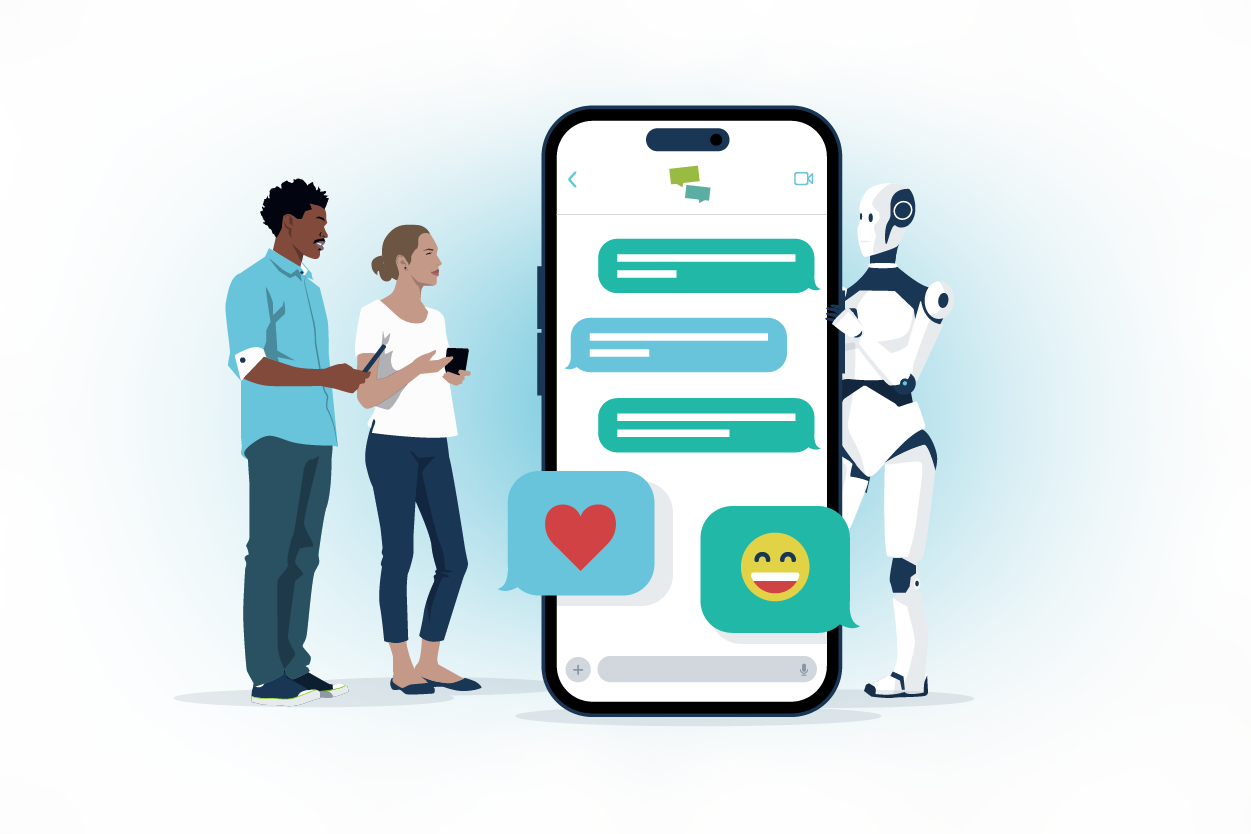
AI-powered content generation unlocks the potential to create learning materials at an unprecedented pace. But with great power comes great responsibility. As with any powerful tool, it’s crucial that you use it in the right way.
For a start, focus on quality over quantity. Just because you can generate content doesn’t mean you should. Don’t overwhelm your learners with unchecked or uncategorised content. After all, according to this recent study, ‘a shocking amount of the web’ is already made up of poor quality AI-generated content. Let’s not make things messier.
You should also ensure your content complies with copyright laws, especially when using AI for tasks like content translation or summarising. If you’re using AI-powered image generation tools, then some kind of attribution is usually required.
Be proactive in mitigating bias creep. You should regularly monitor your AI tools for signs of bias and implement strategies to address them. If you’re producing a lot of content, you should ensure it’s audited for fairness and representation.
We also recommend being transparent with learners about the role of AI in creating your learning materials. This builds trust and avoids any misconceptions about the origin of your content. It also highlights any potential limitations, which may encourage learners to do further learning of their own.
AI Content: A Case Study
To help us understand the power of AI-generated content, let’s take a look at a real-world case study. To streamline training content production, Xerox leverages Synthesia, an AI-powered video generation tool.
These engaging videos are then uploaded to their learning management system and accessed by over 1,000 sales representatives globally.
The results so far have been impressive. By reducing localisation and voice-over expenses, Xerox cut their video production costs by 50%. Their team is also producing training content 30% quicker than previously.
Importantly, Xerox achieved these results without sacrificing the quality or engagement levels of their training materials. Wow!
Final Words
The future of learning and development lies in collaboration. AI content generation won’t replace human expertise, it’ll build on it. As the human-half of this tag team, you’ll need to contribute your creativity, empathy and contextual knowledge.
In turn, AI can leverage its powerful processing capabilities to generate content efficiently, personalise your learning experiences, and analyse vast amounts of data. This collaborative approach produces a genuine win-win situation.
After all, you’ll be able to outsource the most tedious tasks in your workflow and focus your attention on higher level strategic initiatives. Simply follow our best practice advice and use your content responsibly and success is sure to follow.
Remember, the ultimate responsibility for your content lies with you, regardless of how it was created. You’re both the architect and the quality assurance expert. Are you up to the challenge?
Thank you for reading. We’ve collected further best practice advice and actionable tips in ‘The L&D Professional’s Handbook’. Download it now to unlock your learners’ full potential.

